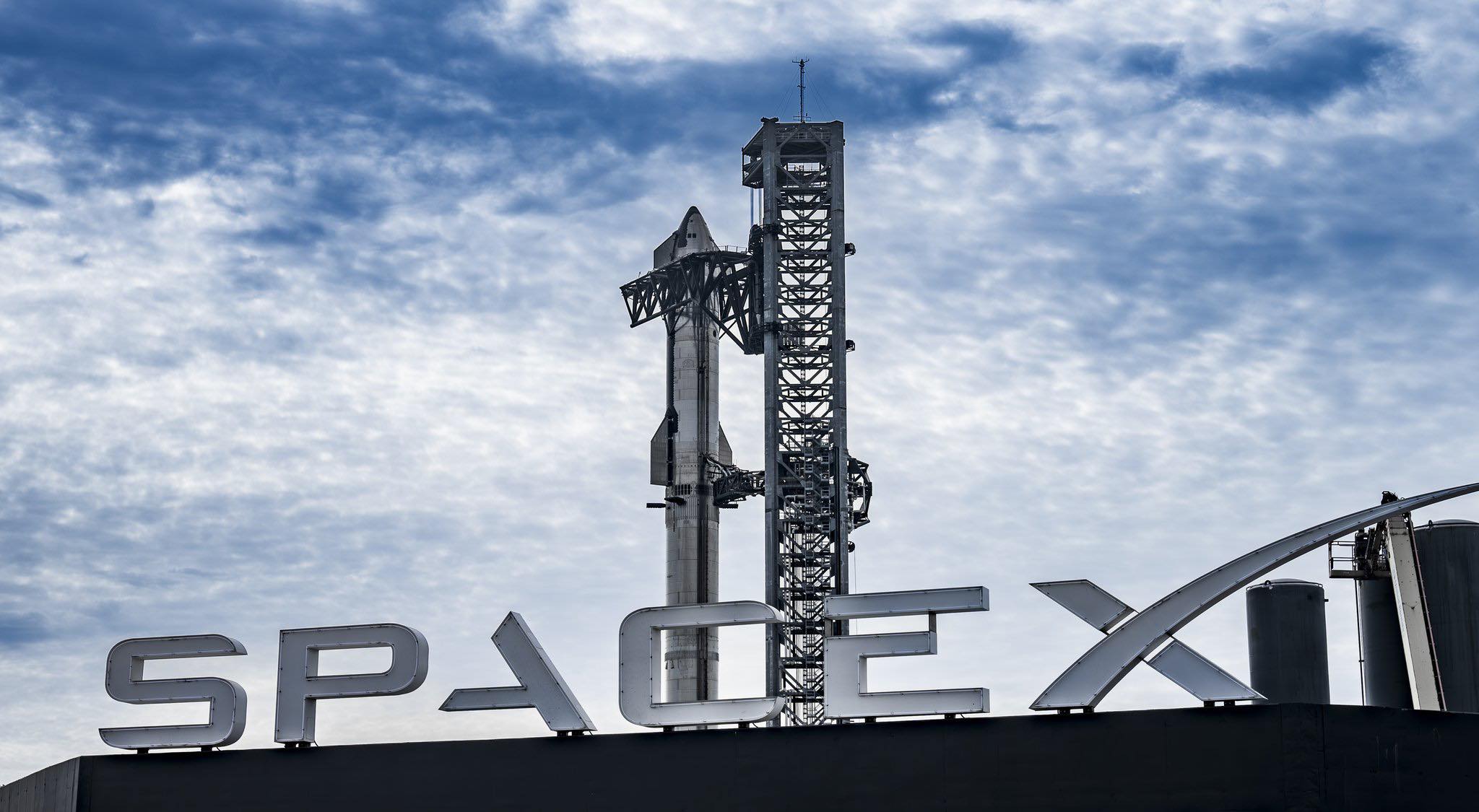
SpaceX will launch its most flight-experienced active East Coast Falcon 9 from historic Pad 39A at Florida’s Kennedy Space Center (KSC) late Wednesday, as the Hawthorne, Calif.-headquartered organization in tandem readies a 394-foot-tall (120-meter) Starship/Super Heavy stack for the long-awaited third Integrated Flight Test (IFT-3) out of Starbase in Boca Chica, Texas, no earlier than Thursday. The veteran B1062 core is slated to fly from Florida during a four-hour “window” of launch opportunities extending from 7:29 p.m. EDT through 11:29 p.m. EDT and pledges to be the first occasion that SpaceX has flown as many as six missions inside a calendar month’s opening half.
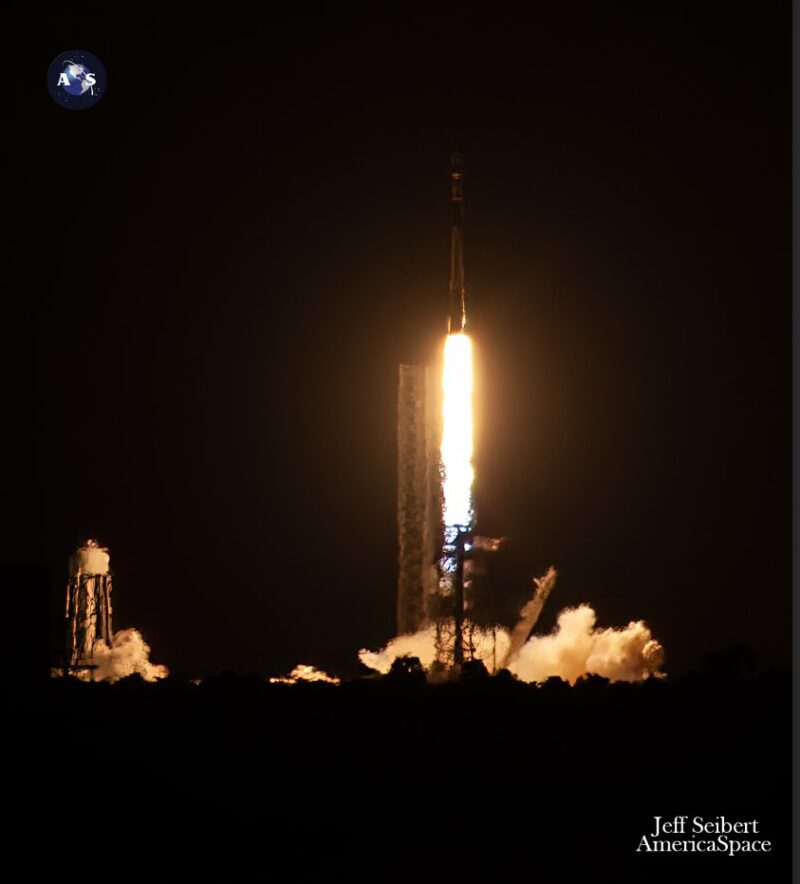
Tonight’s flight is also the 25th SpaceX mission in 2024’s first 11 weeks, an impressive cadence that equates to a liftoff every 2.9 days. Nine launches out of Vandenberg Space Force Base, Calif., and the remainder from KSC or neighboring Cape Canaveral Space Force Station in Florida, have so far lofted over 330 Starlink internet communications satellites, crewed and uncrewed missions to the International Space Station (ISS), geostationary communications satellites for Sweden and Indonesia, spacecraft to explore Earth’s oceans and climate and the Moon’s potential habitability, a highly classified payload for the U.S. Space Force and the multi-customer Transporter-10 rideshare “stack”.
Those missions have been achieved using 16 Falcon 9 cores, eight of which have flown more than once since the start of the year. In January, SpaceX achieved its first ten-launch calendar month and its first four-launch month out of Vandenberg, recorded its first-ever “Leap Day” mission on 29 February and only last week flew a pair of Falcon 9 boosters under two hours apart for the first time.
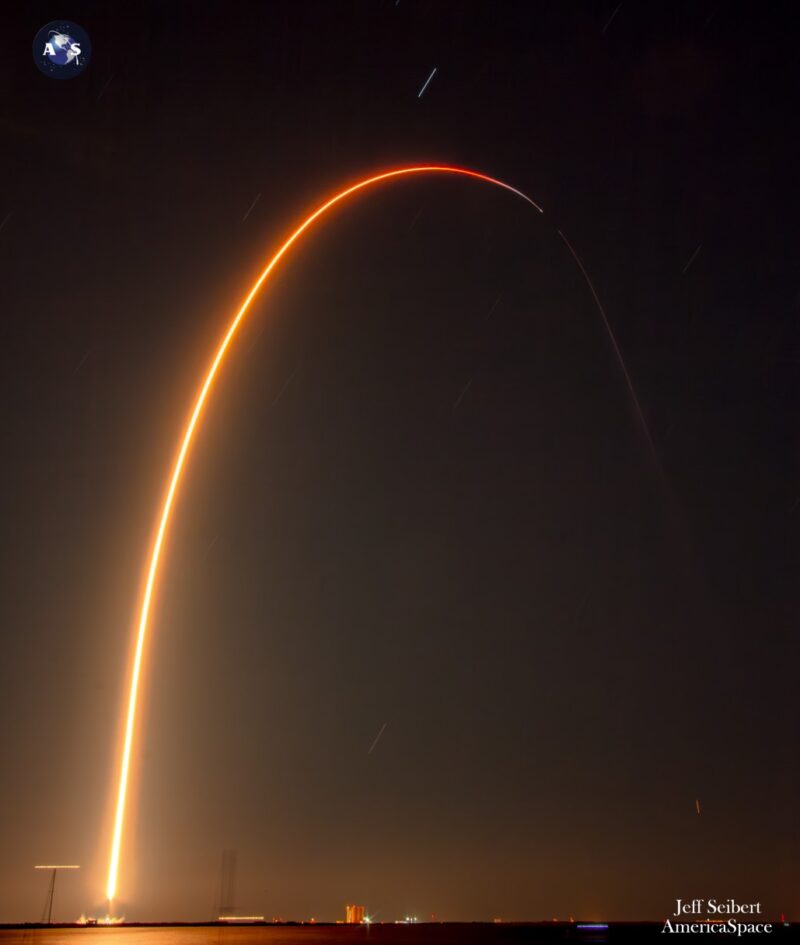
Flying tonight’s mission is B1062, which is set to become the third Falcon 9 to reach a life-leading 19th launch. She follows on the coattails of December’s untimely loss of B1058—the one-time ride of Demo-2 astronauts Doug Hurley and Bob Behnken—after her successful (though ultimately ill-fated) 19th mission and last month’s fully successful launch, recovery and return of B1061.
B1062 entered service back in November 2020, when she lifted the fourth Block III Global Positioning System (GPS III-04) navigation and timing satellite to Medium Earth Orbit (MEO) for the U.S. Space Force, followed by GPS III-05 in June of 2021. And during 2022, she recorded no less than eight missions, the highest ever recorded by a single Falcon 9, notably flying twice in April of that year alone and setting a new empirical record (still unbroken) of only 21 days between flights by the same orbital-class booster.
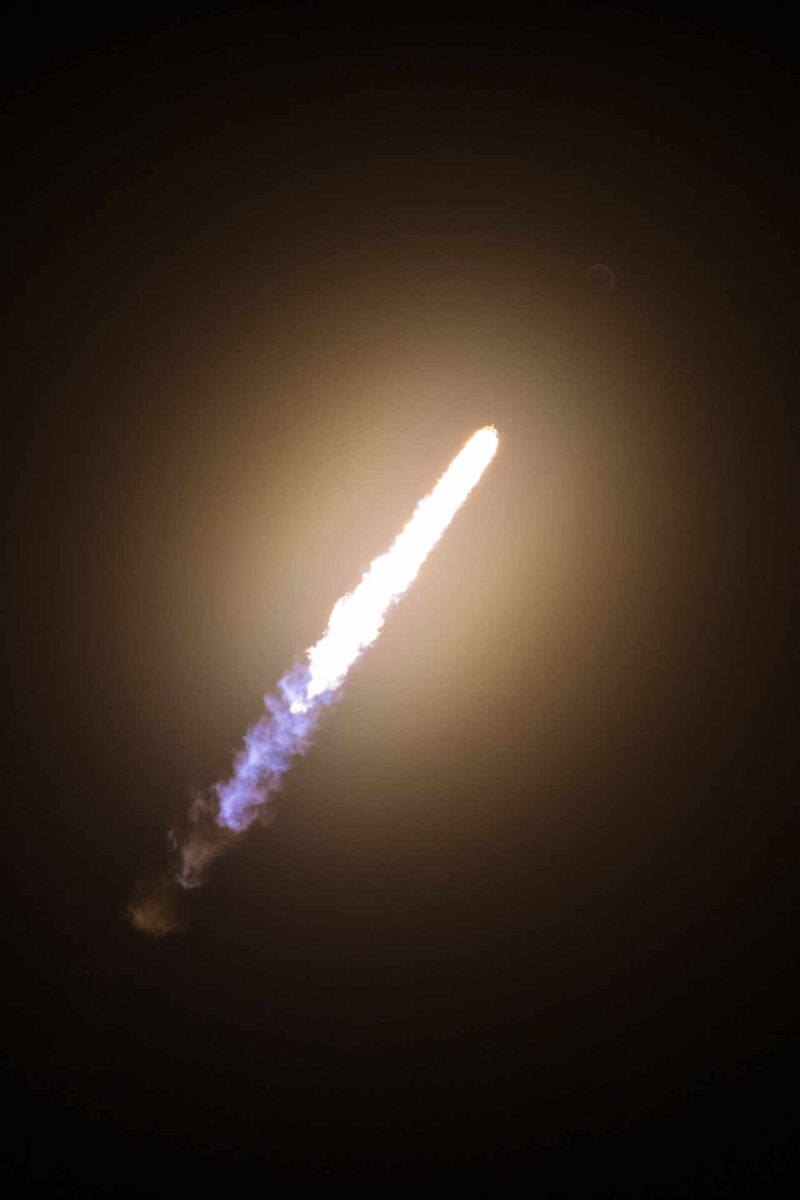
B1062 is among just a handful of vehicles to have launched two human crews. She flew the historic, all-civilian Inspiration4 crew of Shift4Payments billionaire Jared “Rook” Isaacman, Sian Proctor, Chris Sembroski and Hayley Arceneaux in September 2021 as well as launching Ax-1 astronauts Mike Lopez-Alegria, Larry Connor, Mark Pathy and Eytan Stibbe on the first all-private ISS mission by AxiomSpace, Inc., in April 2022.
Added to those impressive credentials, B1062 also lofted over 460 Starlinks on ten missions, together with a pair of geostationary-bound communications satellites—Egypt’s Nilesat-301 in June 2022 and Saudi Arabia’s Arabsat-7B (also known as BADR-8) last May—and 40 broadband satellites for London, England-based OneWeb. An on-time liftoff tonight will see B1062 deliver 23 Starlinks, totaling 40,600 pounds (18,400 kilograms), into orbit, with deployment anticipated 65 minutes into the flight.
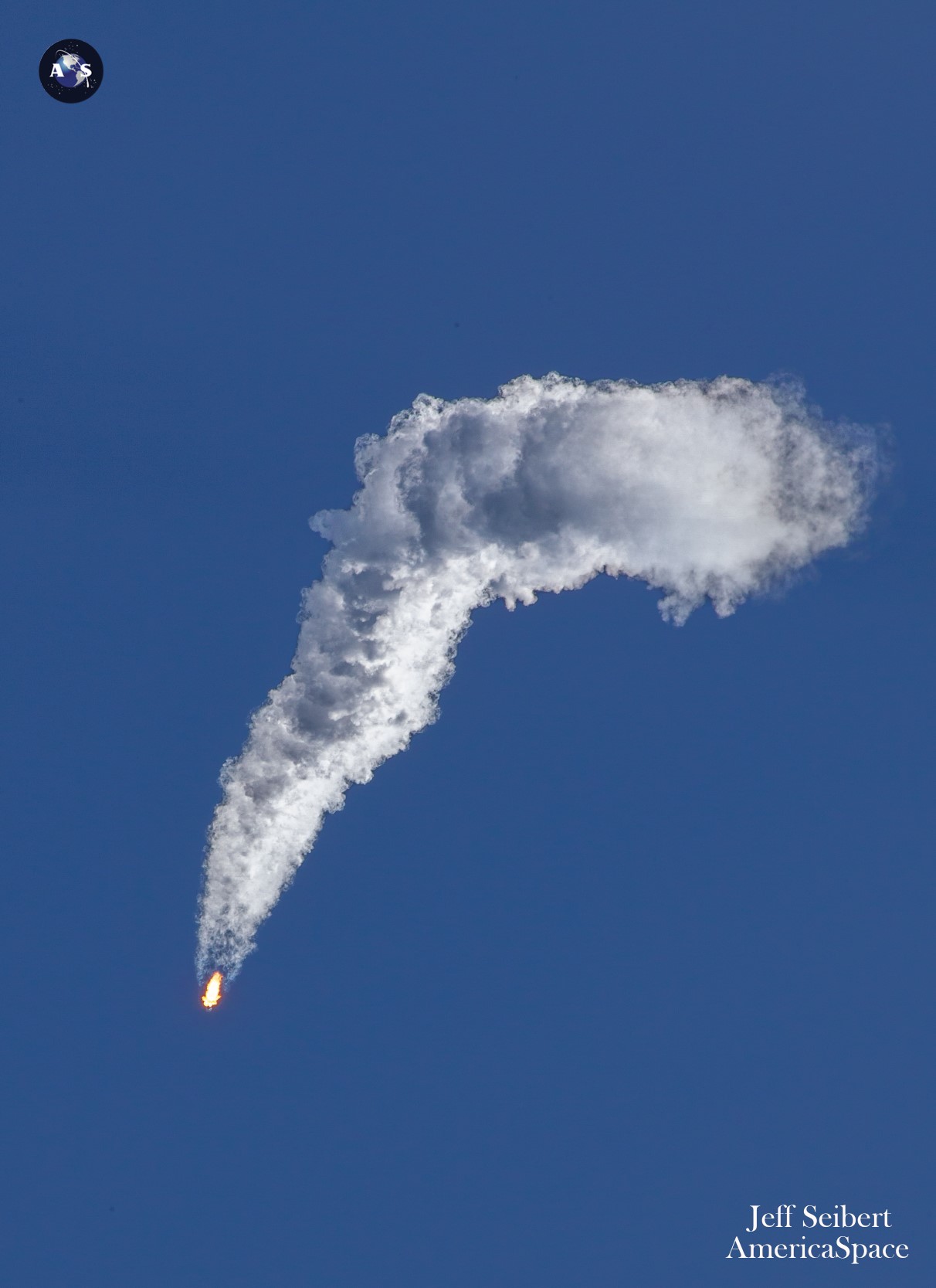
In readiness for tonight’s launch, the Autonomous Spaceport Drone Ship (ASDS), “A Shortfall of Gravitas”, departed Port Canaveral last Sunday, bound for a recovery position some 370 miles (620 kilometers) offshore in the Atlantic Ocean. And on Tuesday, SpaceX announced that it was targeting a four-hour “window” of launch opportunities from 7:29 p.m. EDT through 11:29 p.m. EDT Wednesday, plus several backup T-0 attempts on Thursday beginning at 7:04 p.m. EDT.
Of these two days, the weather forecast looks about 60-percent-favorable for tonight’s attempt, before improving to 95 percent on Thursday. “On Wednesday, a disturbance will form in the Gulf of Mexico and drag a weak boundary north through Central Florida by nighttime,” noted the 45th Weather Squadron at Patrick Space Force Base in its L-1 weather update, issued Tuesday.
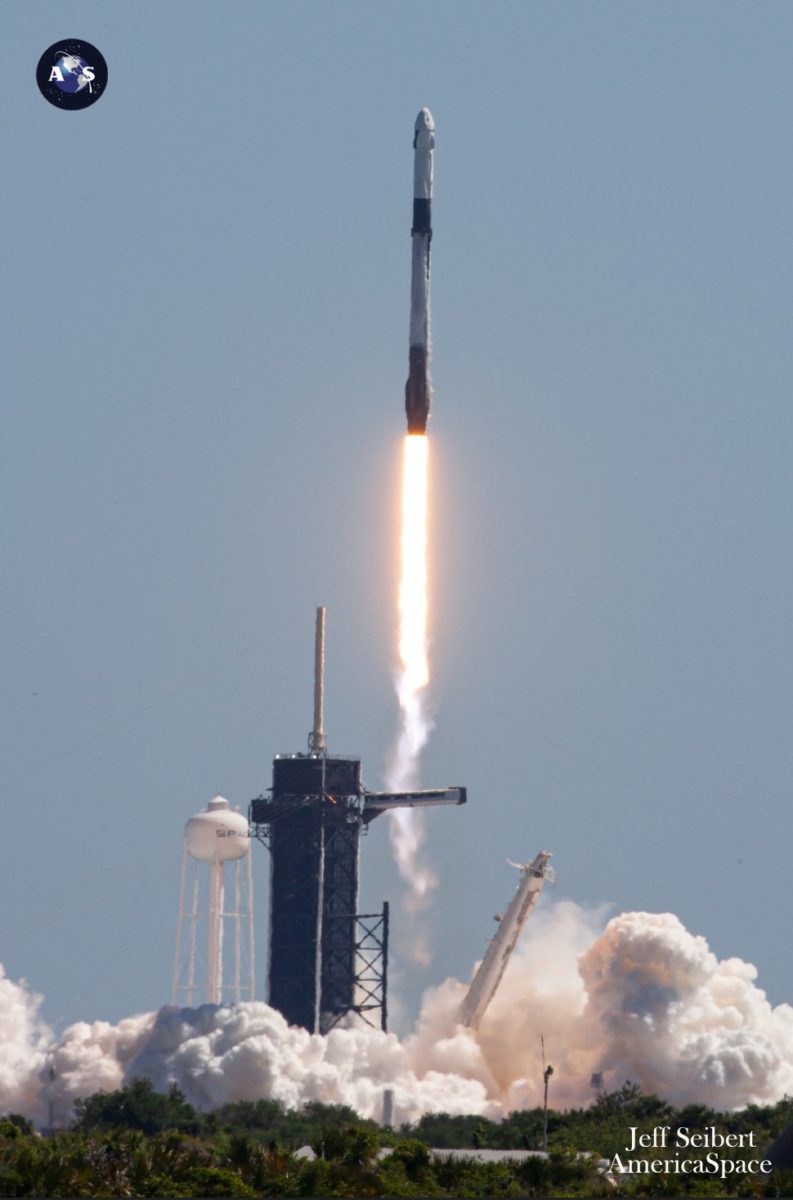
“While convective risks will remain low, mid-level clouds moving through the Spaceport may be some cause for concern for the initial launch window,” it was added. “Therefore, the primary weather concerns for a Wednesday evening launch will be for the Thick Cloud Layer Rule and Cumulus Cloud Rule.” The boundary is expected to clear out northwards by Thursday, with generally excellent weather predicted and only a slight chance of a Cumulus Cloud Rule violation.
Almost a thousand miles (1,600 kilometers) west of the Cape, at Starbase in Boca Chica, Texas, SpaceX is readying for the third Integrated Flight Test (IFT-3) of Starship/Super Heavy, perhaps as soon as Thursday. Consisting of Booster Ten and Ship 28, both segments underwent individual static-fire tests in December and earlier in March the fully integrated stack, which teeters 394 feet (120 meters) tall, was put through a day-of-launch dress rehearsal, including loading of ten million pounds (4.5 million kilograms) of liquid oxygen and liquid methane propellants and a flight-like countdown to T-10 seconds.
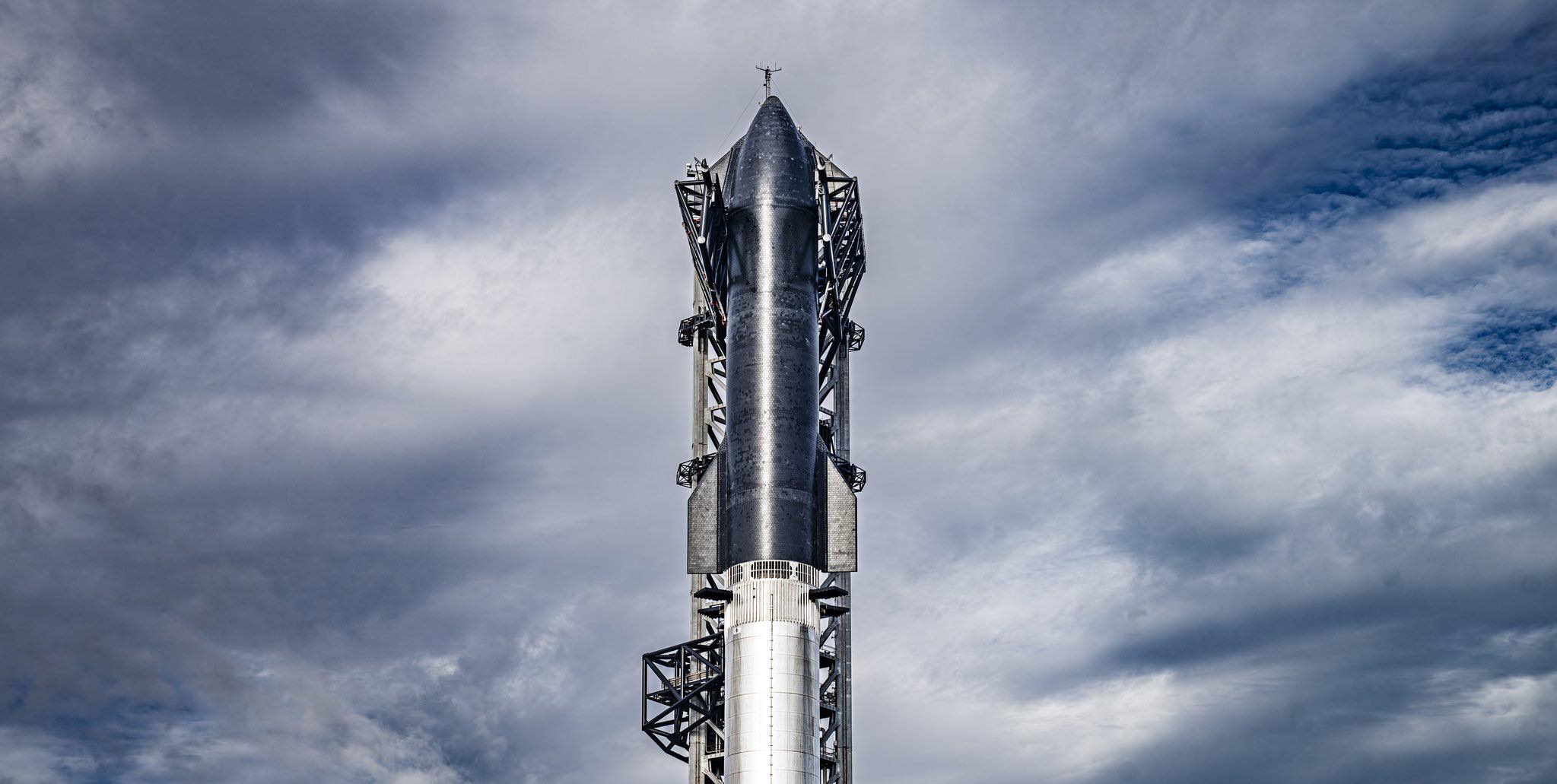
Yesterday, SpaceX tweeted that IFT-3 was fully stacked and ready to go, pending final regulatory approval from the Federal Aviation Administration (FAA). As its name suggests, IFT-3 is the third fully integrated Starship/Super Heavy flight, following two earlier launches last 20 April and 18 November.
Powering aloft under 16.7 million pounds (7.5 million kilograms) of thrust from its 33 Raptor engines, the vehicle is currently the most powerful orbital-class rocket. Last April’s IFT-1 mission saw the stack establish a new record for the greatest liftoff impulse of any booster in history, greatly exceeding the 7.5 million pounds (3.4 million kilograms) of the long-retired Saturn V, the 8.8 million pounds (3.9 million kilograms) of the Space Launch System (SLS) on November 2022’s Artemis I mission and even the Soviet Union’s N-1 rocket, which reportedly produced 10.2 million pounds (4.6 million kilograms) during each of its four failed launch attempts between February 1969 and November 1972.
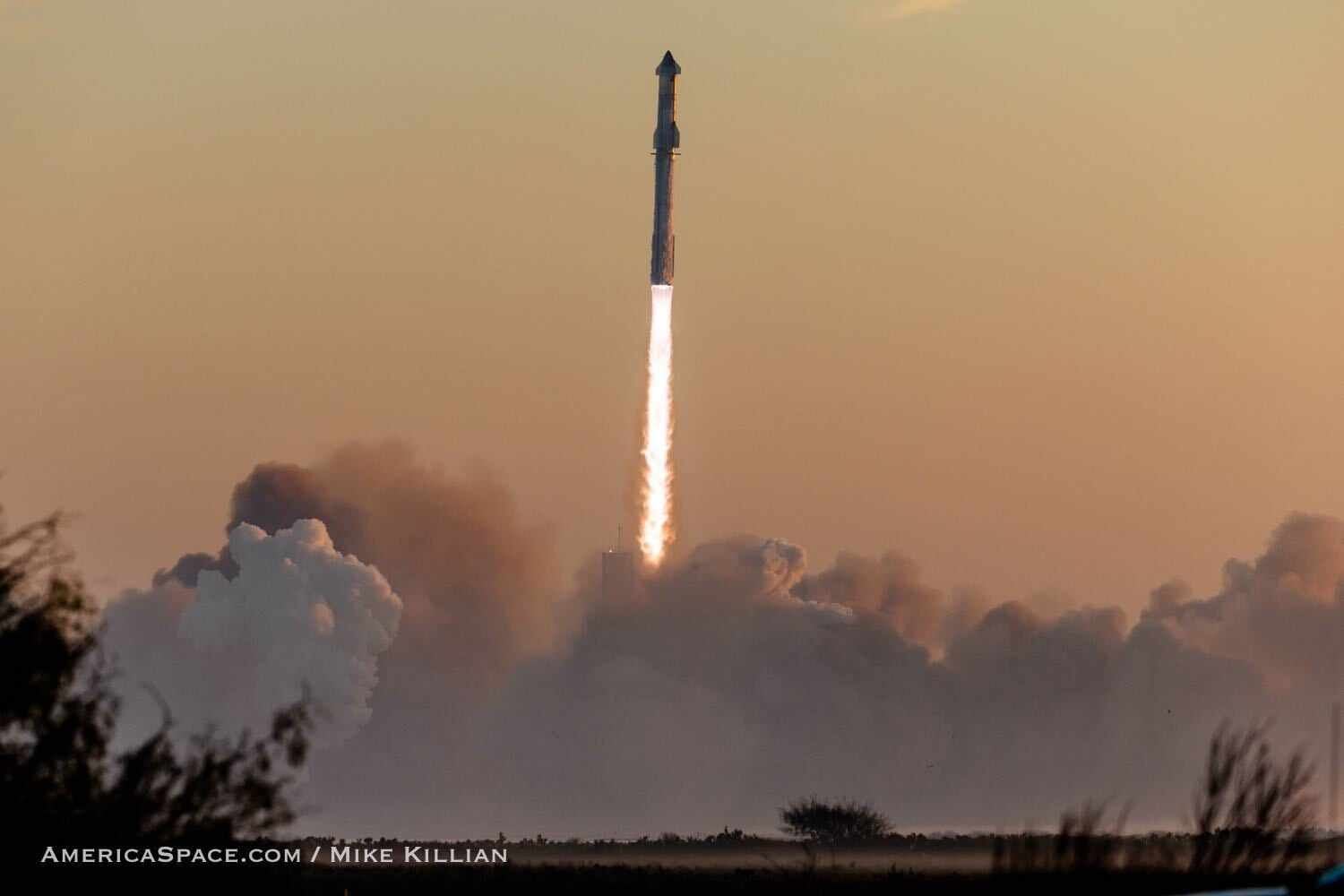
However, although IFT-1 cleared the Boca Chica launch pad and attained altitude, it suffered a multitude of technical maladies which ultimately conspired to an untimely—though visually spectacular—demise. Last November’s IFT-2 saw all 33 Raptors burn successfully through to Main Engine Cutoff (MECO), followed by a satisfactory “hot-staging” exercise as the 233-foot-long (71-meter) Super Heavy was discarded and executed a flip maneuver and an (almost) wholly nominal burn profile of the six Raptors aboard the 164-foot-long (50-meter) Starship itself.
But as the stack headed out over the Gulf of Mexico, the Autonomous Flight Safety System (AFSS) issued a destruct command to destroy the vehicle. Following a mishap investigation conducted under the auspices of the FAA and closed in late February, SpaceX identified 17 corrective actions—ten to the Starship, seven to the Super Heavy—including the implementation of an all-electric Thrust Vector Control (TVC) system and improvements to the speed of propellant loading operations before launch.
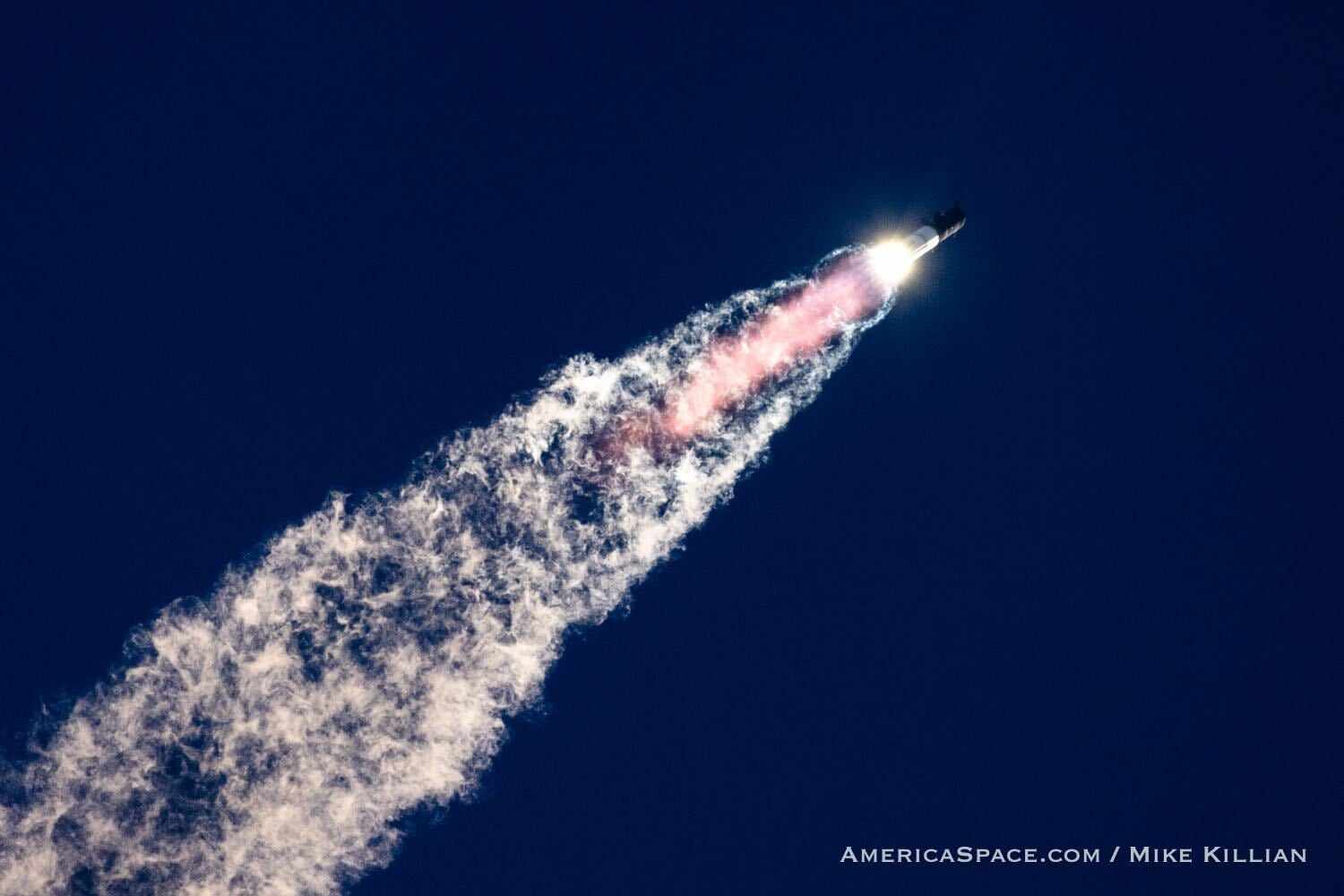
“The third flight test aims to build on what we’ve learned from previous flights, while attempting a number of ambitious objectives, including the successful ascent burn of both stages, opening and closing Starship’s payload door, a propellant transfer demonstration during the upper stage’s coast phase, the first-ever relight of a Raptor engine while in space and a controlled re-entry of Starship,” SpaceX noted. “It will also fly a new trajectory, with Starship targeted to splashdown in the Indian Ocean. This new flight path enables us to attempt new techniques like in-space engine burns, while maximizing public safety.”




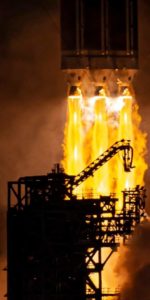
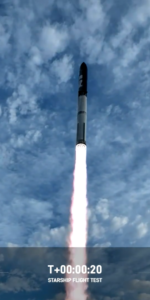
“SpaceX will launch its most flight-experienced active East Coast Falcon 9 from historic Pad 39A at Florida’s Kennedy Space Center (KSC) late Wednesday, as the Hawthorne, Calif.-headquartered organization in tandem readies a 394-foot-tall (120-meter) Starship/Super Heavy stack for the long-awaited third Integrated Flight Test (IFT-3) out of Starbase in Boca Chica, Texas, no earlier than Thursday.
Hey, Bob. When you refer to a launch either in the future or in the past, could you please give us the date, time, and location?
SpaceX continues to push the boundaries of space exploration with its upcoming launches, showcasing its impressive cadence and technological advancements. The planned launch of the Falcon 9 rocket from Kennedy Space Centre and the preparations for the Starship/Super Heavy stack test highlight SpaceX’s commitment to innovation and frequent missions. The remarkable achievements of the Falcon 9 cores, including B1062’s upcoming milestone as the third Falcon 9 to reach a life-leading 19th launch, demonstrate SpaceX’s dedication to reusability and reliability in spaceflight. As SpaceX ventures into new frontiers with its Starlink missions and human crew launches, the future of space exploration looks promising under their leadership.